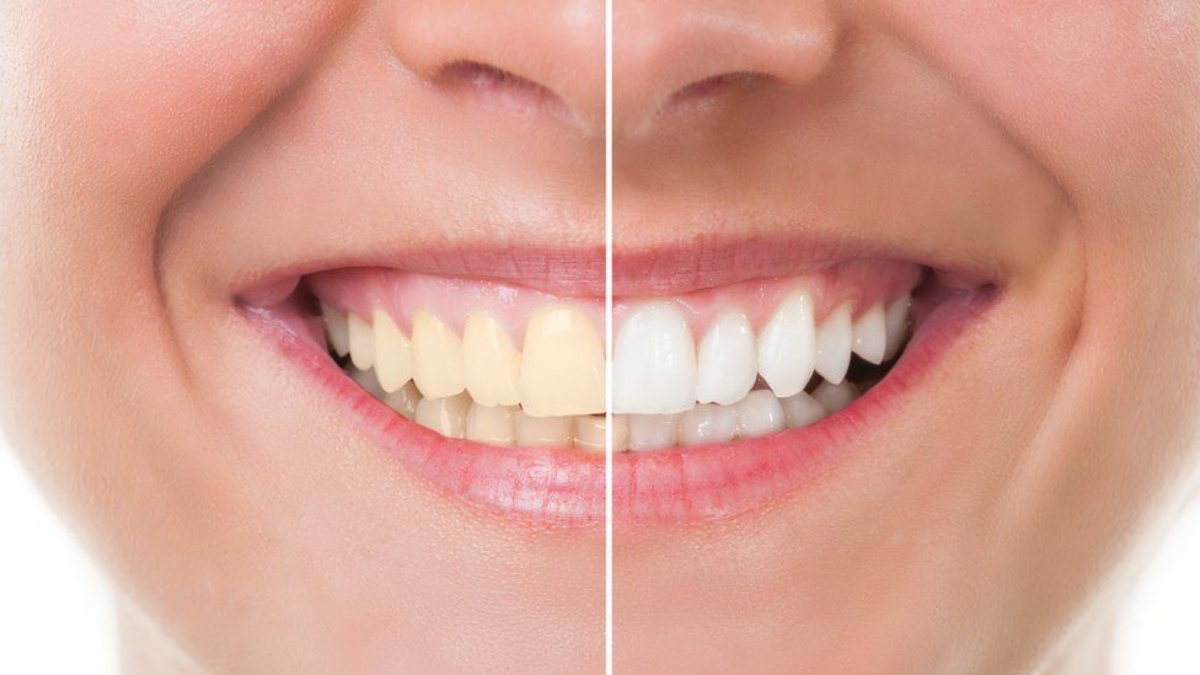The human body is a marvel of biological engineering, equipped with an intricate array of mechanisms to repair and regenerate tissues. However, there are certain parts that possess limited or virtually no ability to heal themselves. Among these are teeth, cartilage, the spinal cord, the brain, and the heart muscle.
TEETH
Vital for chewing, speaking, and smiling, are composed of several layers, with enamel being the outermost protective layer. Despite their remarkable strength, teeth cannot heal themselves like bones can. Once enamel is damaged by decay or wear, the body lacks the biological machinery to regenerate it. Cavities, if left untreated, can progressively worsen and even lead to tooth loss.
CARTILAGE
A flexible connective tissue found in joints, the nose, and the ears, serves as a cushion between bones and facilitates smooth movement. However, cartilage is avascular, meaning it lacks a direct blood supply, and it lacks nerves as well. These factors contribute to its inability to regenerate effectively. Injuries or conditions such as osteoarthritis can result in cartilage degeneration.
SPINAL CORD
The spinal cord is a crucial part of the central nervous system, transmitting signals between the brain and the body. Unfortunately, the spinal cord’s regenerative potential is extremely limited. While peripheral nerves can regenerate to some extent, damaged spinal cord tissue does not repair itself effectively. Injuries to the spinal cord can result in permanent paralysis or loss of sensation below the site of injury.
BRAIN
The control center of the nervous system, is an immensely complex organ composed of billions of neurons. Neurons transmit electrical signals that underlie all cognitive and bodily functions. While the brain exhibits some degree of plasticity, allowing it to adapt and rewire in response to damage, neurons have limited regenerative capacity. If neurons are damaged due to injury, stroke, or neurodegenerative diseases, the brain’s ability to self-repair is often insufficient to restore full functionality.
HEART
A tirelessly beating muscle responsible for pumping blood throughout the body, faces challenges in regenerating its tissue. Cardiac muscle cells, known as cardiomyocytes, have a limited capacity to regenerate after injury, such as a heart attack. When cardiomyocytes are damaged, scar tissue forms in their place, potentially leading to impaired heart function and heart failure. Unlike skeletal muscle, which can regenerate more robustly, the heart’s healing mechanisms are not as efficient.







